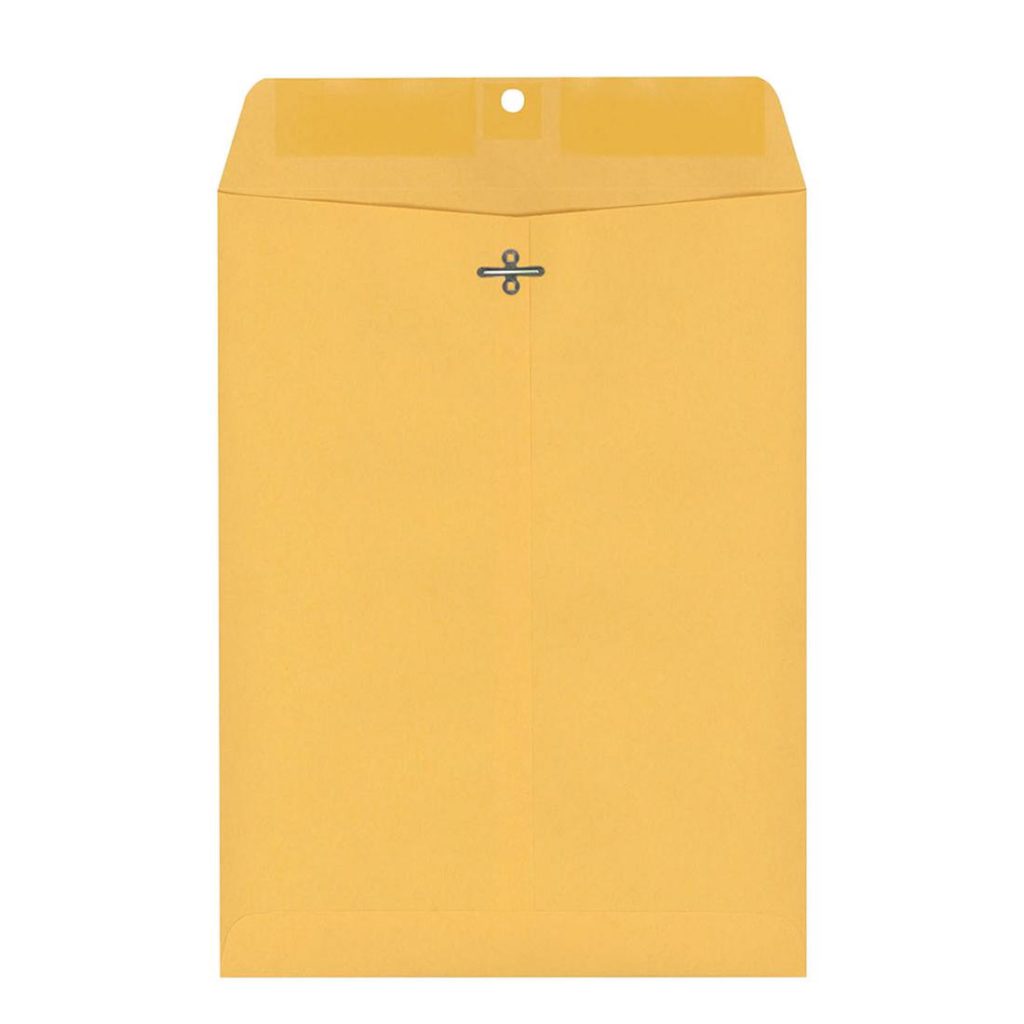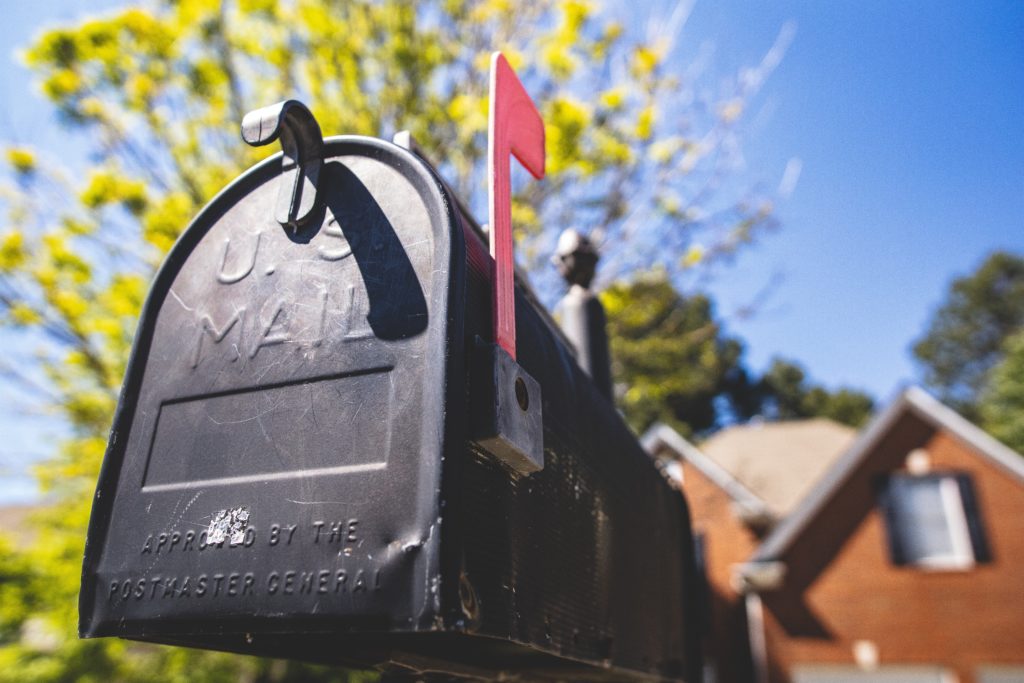Taking your Judgment and other forms to court for filing: After you have filled out your judgment (FL-180), assembled your divorce judgment, and filled out and all of your other forms as previously described, you need to file everything with the court clerk. We are assuming you have already filed your Summons and your Petition for Dissolution of Marriage with the court.
The following is a list of forms you should have in order to process your judgment:
- Proof of Service of Summons (FL-115) [with a Notice and Acknowledgment of Receipt (FL-117) attached if you served the Summons and Petition by mail].
- Declaration Regarding Service Of Declaration Of Disclosure And Income And Expense Declaration (FL-141). This is the form for service of your Preliminary Declaration of Disclosure. You will need two of these forms. One signed by you and one signed by your spouse confirming that you each did your Preliminary Declaration of Disclosure and gave the other spouse a copy.
- Stipulation And Waiver of Final Declaration of Disclosure (FL-144).
- Declaration For Default Or Uncontested Dissolution (FL-170). Only one party needs to fill out this form.
- Income And Expense Declaration (FL-150). One signed by you and one signed by your spouse. Not all courts will require you to file an Income and Expense Declaration. However, it is a good practice to file the FL-150 forms, particularly when child support and/or spousal support are part of the settlement. At some point in the future, one party or the other may want to modify the amount(s) of support. If that happens, an important question will be: How have the parties’ financial circumstances changed since the judgment of dissolution was issued and the original support orders were made? If both parties filed Income & Expense Declarations at the same time the Judgment of Dissolution was issued, that will be helpful to the court at any future support modification hearing.
- Judgment of Dissolution (FL-180) with either 1) A Marital Settlement Agreement attached; or 2) All of the Judicial Council court forms attached that spell out your agreement regarding the division of assets and debts, custody, and support (including the “Stipulation For Entry of Judgment” form). If you have minor children, you will also have to attach to the judgment the “Notice of Rights And Responsibilities” (FL-192). As we previously mentioned, if your judgment includes child support provisions, you should attach a copy of the computer printout that shows how the amount of child support was calculated.
- Notice of Entry of Judgment (FL-190).
- Income Withholding For Support (FL-195): If you have minor children and your settlement agreement includes child support provisions, some counties will require that you include this form. If you don’t have minor children, you don’t need to deal with this form.
- Appearance, Stipulation And Waivers (FL-130). You will not need this form if you are processing your judgment as a “default with an agreement” or as a “true default”. However, if you are processing your judgment as a “non-default with an agreement” case, you will need this form. If your spouse is using this form to make his or her “appearance”, then you will need to include a check payable to the Superior Court in an amount equal to his or her “first paper” filing fee (currently $435), unless your spouse has previously completed the fee waiver forms (i.e., FW-001 and FW-003) and qualified for a fee waiver.
- Request To Enter Default (FL-165) with stamped envelope. If you are processing your judgment as a “non-default with an agreement”, you do not need this form. If you are processing the case as a “default with an agreement” or as a “true default”, then you will need this form.
Some of the forms you previously completed will not be filed with the court. For example, your Schedule of Assets and Debts (FL-142) is not filed with the court. Your Declaration of Disclosure (FL-140), with attached two years worth of income tax returns, is not filed with the court. These documents contain sensitive financial information that could be used for identify theft. Since divorce filings are a matter of public record, you don’t want to file documents with the court that contain information such as your social security number, bank account numbers, etc.
 You will need to make copies of all of your forms before you file them with the court clerk. It is best to make two copies of all the forms, but make three copies of the judgment of dissolution and its attachments. When you file your forms with the court, the original forms will be kept by the court clerk. The clerk will stamp the two copies and give them back to you. The two copies of the forms are for you and your spouse (one copy each). The court clerk will keep the original judgment of dissolution and the two copies of the judgment. You keep the third copy of the judgment as a backup copy, just in case the judgment you submitted to the court gets lost (which can happen). When you take all of your forms to file with the court clerk, keep the original and the copies paper-clipped together. When you hand the court clerk a particular form, you want the original on top and the two copies paper-clipped underneath.
You will need to make copies of all of your forms before you file them with the court clerk. It is best to make two copies of all the forms, but make three copies of the judgment of dissolution and its attachments. When you file your forms with the court, the original forms will be kept by the court clerk. The clerk will stamp the two copies and give them back to you. The two copies of the forms are for you and your spouse (one copy each). The court clerk will keep the original judgment of dissolution and the two copies of the judgment. You keep the third copy of the judgment as a backup copy, just in case the judgment you submitted to the court gets lost (which can happen). When you take all of your forms to file with the court clerk, keep the original and the copies paper-clipped together. When you hand the court clerk a particular form, you want the original on top and the two copies paper-clipped underneath.
If you have a two-hole punch, punch the tops of the original documents. This will make it easy for the court clerk to file the original documents. Some courts require the originals to be two-hole punched. Some courts provide a two-hole punch at or near the clerk’s window that you can use. Other courts will punch the forms for you.
You will need to bring two large envelopes with you (i.e., 9” by 12”). One envelope should be addressed to you and the second envelope should be addressed to your spouse. The court will use these envelopes to mail you and your spouse copies of the divorce judgment after the judgment has been processed and approved by the court. Be sure you put enough postage on both envelopes.

The court is not going to process your judgment of dissolution right away. The court clerk will take some of your court forms, stamp them, and hand the copies back to you at the same time you file the documents. However, the clerk will keep certain papers, primarily your judgment of dissolution and the Notice of Entry of Judgment. It will take the court weeks or months to process the judgment of dissolution. It is not unusual for the court to take 3 or 4 months to process a judgment of dissolution. The courts are overworked and understaffed. When you file your judgment, ask the clerk how long the court is taking to process judgments. The court needs time to review your proposed judgment of dissolution and make sure you have properly completed the judgment and all of the other required court forms.
If you haven’t done your paperwork correctly, your paperwork will be rejected by the court. You will receive your paperwork back in the envelope you provided, along with a memo that tells you what you did wrong or what you failed to do. If this happens don’t worry. Fix whatever needs to be fixed and then re-submit your judgment. If you did everything right, then the court will approve your judgment of dissolution (i.e., a judge will sign it). The court clerk will then mail both you and your spouse a filed-endorsed copy of your judgment of dissolution. The clerk will mail you and your spouse the judgment of dissolution in the self-addressed envelopes you provided. Make sure you put plenty of postage on the two large stamped envelopes that you submit with your judgment. If you fail to put enough postage on the envelopes, your judgment will get lost and it will be difficult to track it down. We suggest you put extra postage on the envelopes.
The windows for the court clerk are not open all day. For most counties, the clerk’s window opens at 8:00 a.m. and closes at 3:00 p.m., Mondays through Friday, except for court holidays. It is usually a good idea to file your papers soon after the clerk’s window opens. If you wait until late morning or the afternoon, the line at the court clerk’s window can be long.
If your settlement agreement requires the division of retirement assets by means of Qualified Domestic Relations Orders (QDROs), you can submit your QDROs at the same time you submit your divorce judgment. If the QDROs have not yet been drafted, you can submit the QDROs later. If you do not understand what QDROs are, go back and read the “Getting Educated” section of this website. See the sub-section on retirement assets.


